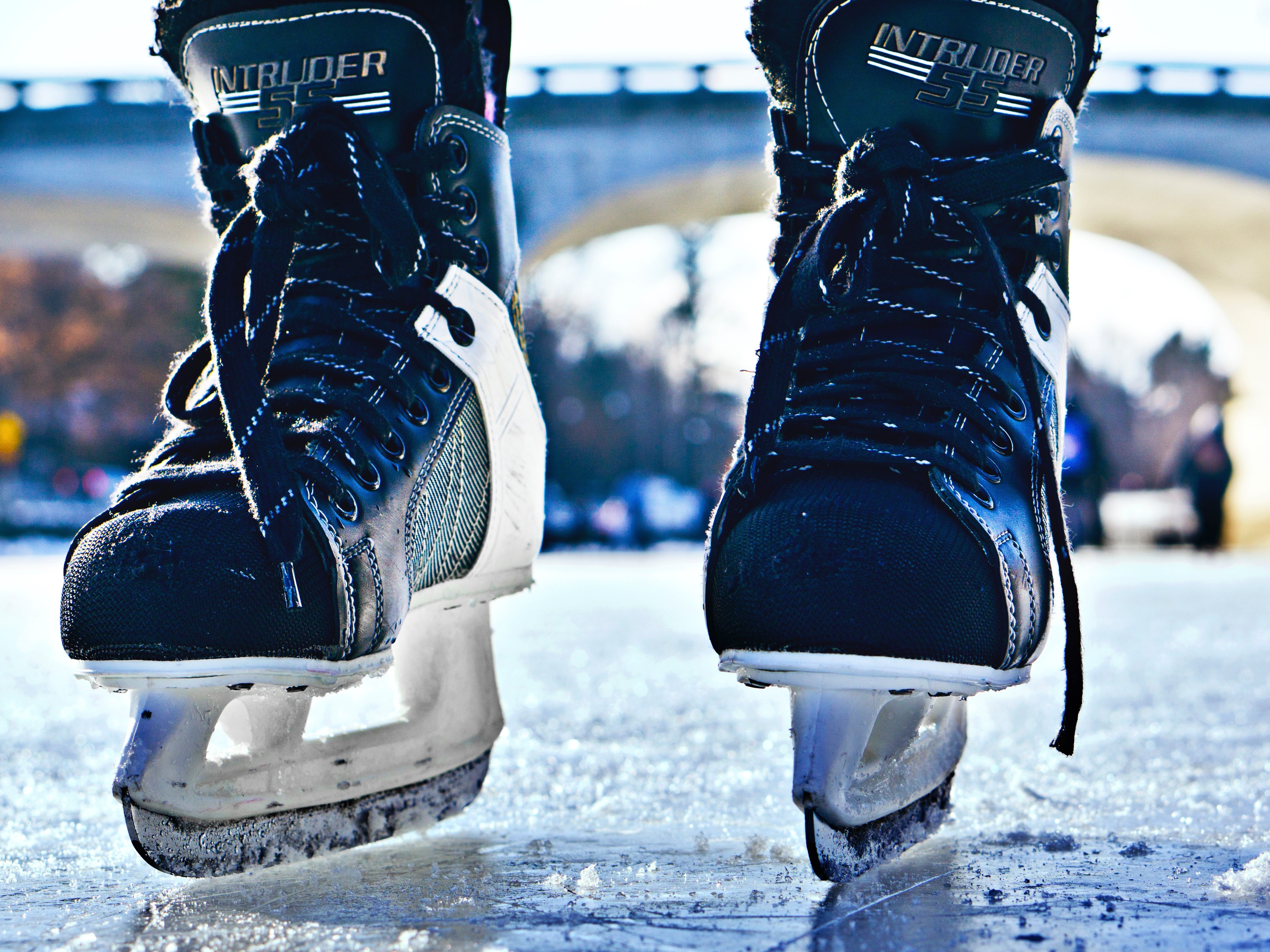NHL Hockey Rules
Rules are an important part of the game of Hockey and every league has a different version of the rules. The NHL is no different. The NHL league has a set of game rules they play by.The Board of Governors is the ruling and governing body of the National Hockey League. In this context, each team is a member of the league, and each member appoints a Governor (usually the owner of the club), and two alternates to the Board. The current chairman of the Board is Boston Bruins owner, Jeremy Jacobs. The Board of Governors exists to establish the policies of the league, and to uphold its constitution.




